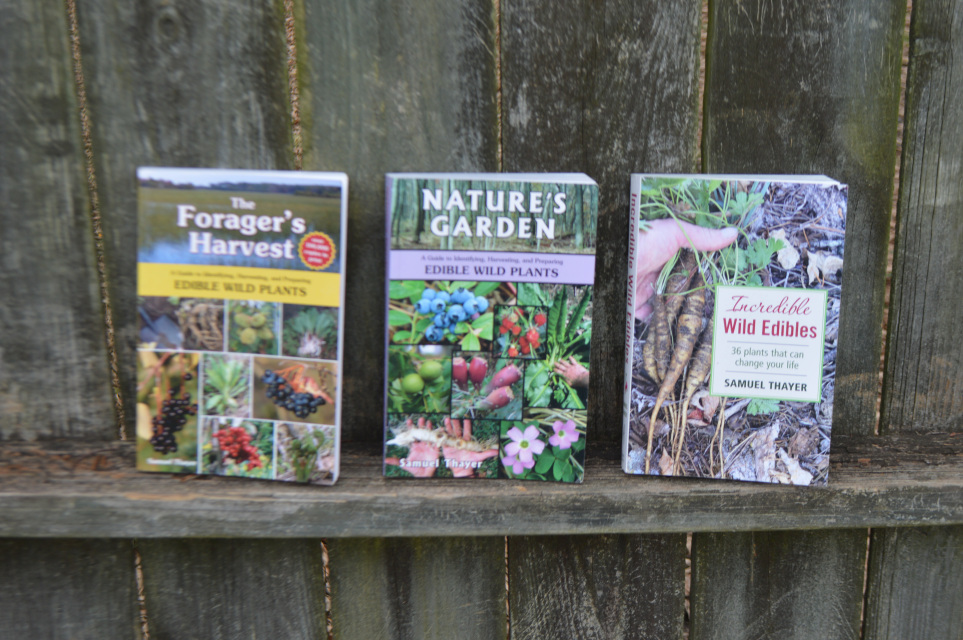- Foraging
- >
- The Foragers Harvest Collection
The Foragers Harvest Collection
Get all three books
The Foragers Harvest
-Super-Strong Sewn Binding
-368 Pages, 218 Photos, full color
-Size 6 x 9 x 0.7 inches
This classic book on edible wild plants is a favorite of naturalists and survival instructors throughout North America. It has been a perennial top seller on this subject. Rather than cover hundreds of plants in abbreviated accounts like the typical field guide, the author has chosen a smaller selection of species to discuss in exhaustive detail, including only those plants he has eaten fifty times or more. Over 100,000 copies sold!
Natures Garden
-Super-Strong Sewn Binding
-512 Pages, 512 Photos, full color
-Size 6 x 9 x 1.1 inches,
The second book in this series, Nature's Garden Covers 41 plants in-depth and the text is accompanied by multiple color photos. This is one of the most highly acclaimed foraging books ever written, and has remained among the top selling wild-food titles nationally since its publication. Over 65,000 copies sold!
Incredible Wild Edibles
-Super-strong sewn binding
-478 pages, full color
-SIze: 6x9x0.7 inches
-Weight: 2 pounds
Description:
This book covers 36 of the best edible wild plants in North America: fruits, berries, nuts, shoots, leafy greens, root vegetables, culinary herbs, teas, and syrups that boast exceptional flavor and nutrition. The plants chosen represent every habitat and every region in North America, from the northern forests to the southwest deserts, from the largest cities to the wildest mountains. Rather than cover hundreds of species in brief accounts that leave the reader unsure of how to proceed, Samuel Thayer encourages readers to thoroughly learn one plant at a time. Each of these traditional foods has a rich culinary and cultural history―a wholesome past that is still relevant for our health and happiness today. The text is fully accessible to the novice, but remains botanically accurate and has the in-depth information that seasoned foragers crave.
Sharing the wisdom of a lifetime of daily foraging, the author answers all of the reader’s questions about each plant: How do I identify it? What might I confuse it with? Where can I find it? What part do I use, and when is it ready to be picked? How do I gather and prepare it? How can I be sure to harvest it responsibly? This discussion is accompanied by more than 350 color photos showing all the key features for identification, including potentially confusing species. Photos also depict the exact parts to use and the proper stage for collection. All of this is delivered in a familiar but authoritative tone, along with humorous anecdotes and insights from extensive real-life experience with each plant covered in the book.
Incredible Wild Edibles contains an index, bibliography, illustrated glossary, range maps, and foraging calendar. This third volume in Thayer’s Forager’s Harvest series has no overlap of the plants covered in the first two volumes.
